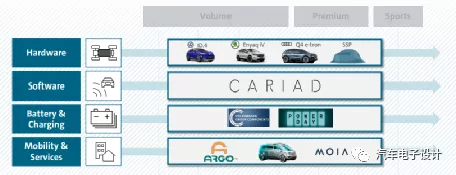Today, I was attending the Volkswagen Q1 earnings conference, and here are some interesting highlights:
1) Currently, the semiconductor shortage is affecting all automakers including Volkswagen, and it is expected to severely impact Q2 earnings.
2) In Q1, Volkswagen delivered 60,000 BEVs (up 78% YoY) and 73,000 PHEVs (up 178% YoY), for a total of approximately 133,322 (up 122% YoY). The company’s annual goal is 1 million, leaving a gap of 867,000, requiring the sale of 300,000 each quarter to achieve the target.
The biggest question here is whether Volkswagen can push the volume of pure electric vehicles in a big way starting from Q2. If this target is achieved, it will surpass Tesla in terms of quantity.
Volkswagen Q1 Sales of New Energy Vehicles
As shown in the following figure, Volkswagen provided relevant data on pure electric vehicles, with 71% of them delivered in Europe, totaling 42,421; 7,588 in North America (4,324 of which were Audi E-tron and over 2,000 were Taycan), 6,244 in China, and 3,695 in other regions. In terms of brand, pure electric vehicles mainly include Volkswagen 30,735 (51%), Audi 14,583 (24%), Porsche 9,072 (15%), Skoda 2,455 (4%), and SEAT 2,217 (4%).
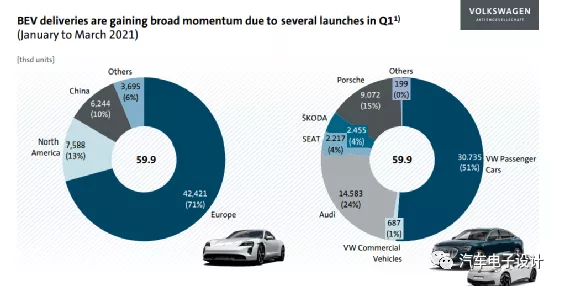
As shown in the following figure, we can understand that ID3 and ID4 combined reached 18,000 units among pure electric vehicles.
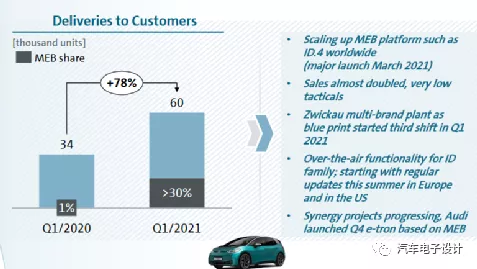
Based on European data, the main models sold were ID3 at 11,772 units in Q1, followed by E-Up at 8,718, Audi E-tron at 7,642, and ID4 at 6,228.
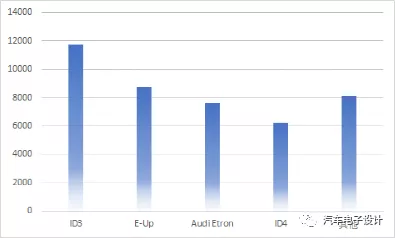
Will it be able to support a volume of 1 million?
Volkswagen has launched a number of new vehicles focusing on BEV this year, including ID.4 GTx, ID.5, ID.6, Skoda ENYAQ, Audi Q4 e-tron, Porsche Taycan Cross Turismo, and CUPRA 1. However, can these cars support the target of 1 million units this year?
According to the QA, the launch of various new Volkswagen models has accumulated approximately 100,000 orders for electric vehicles. There is a delivery sequence issue here, but this number still has a long way to go to reach the target of 830,000 this year.
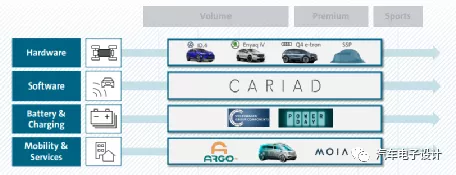
Personally, I feel that the challenge is still very large, as shown in the following figures:
1) ID.3 has accumulated about 30,000 orders in the early stage. We saw that with the delivery of the car, Volkswagen sold a total of 56,247 ID.3 models in 2020, with a ratio of approximately 1:1 for the diffusion effect. As the order cycle ends, it will return to the pace of 4,000 units per month in 2021.
2) The production pace of ID.4 is currently similar to that of ID.3, with the peak production time in Q2 and Q3. However, if Volkswagen wants to achieve the target of 1 million units, Chinese demand is very important. According to the current market pace, it is still difficult to achieve the target of 100,000-150,000 in China this year.
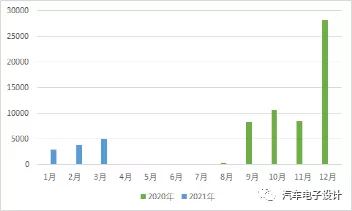
Another very important issue is that 50.5% of ID.3 sales and 83% of E-up sales were in Germany this year. In other words, Volkswagen’s largest incremental market is still concentrated in markets such as Germany and France, and it needs to compete head-on with Model 3. In 2021, Europe needs to account for at least 650,000 of the 1 million target, which is a lot of pressure.
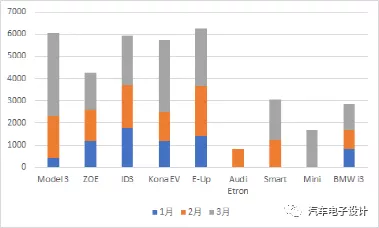
Conclusion
I personally believe that Volkswagen’s thinking for achieving 1 million new energy vehicles is too simplistic. MEB has a production capacity of 1 million, but selling these cars is not the same thing. As the number of vehicle models increases and homogenization competition is triggered, it may become more difficult to differentiate sales in the future.We’ll wait and see if this plan will succeed this year. I think it’s very challenging, even more ambitious than Stellantis’ 400,000 and without solid support.
This article is a translation by ChatGPT of a Chinese report from 42HOW. If you have any questions about it, please email bd@42how.com.
